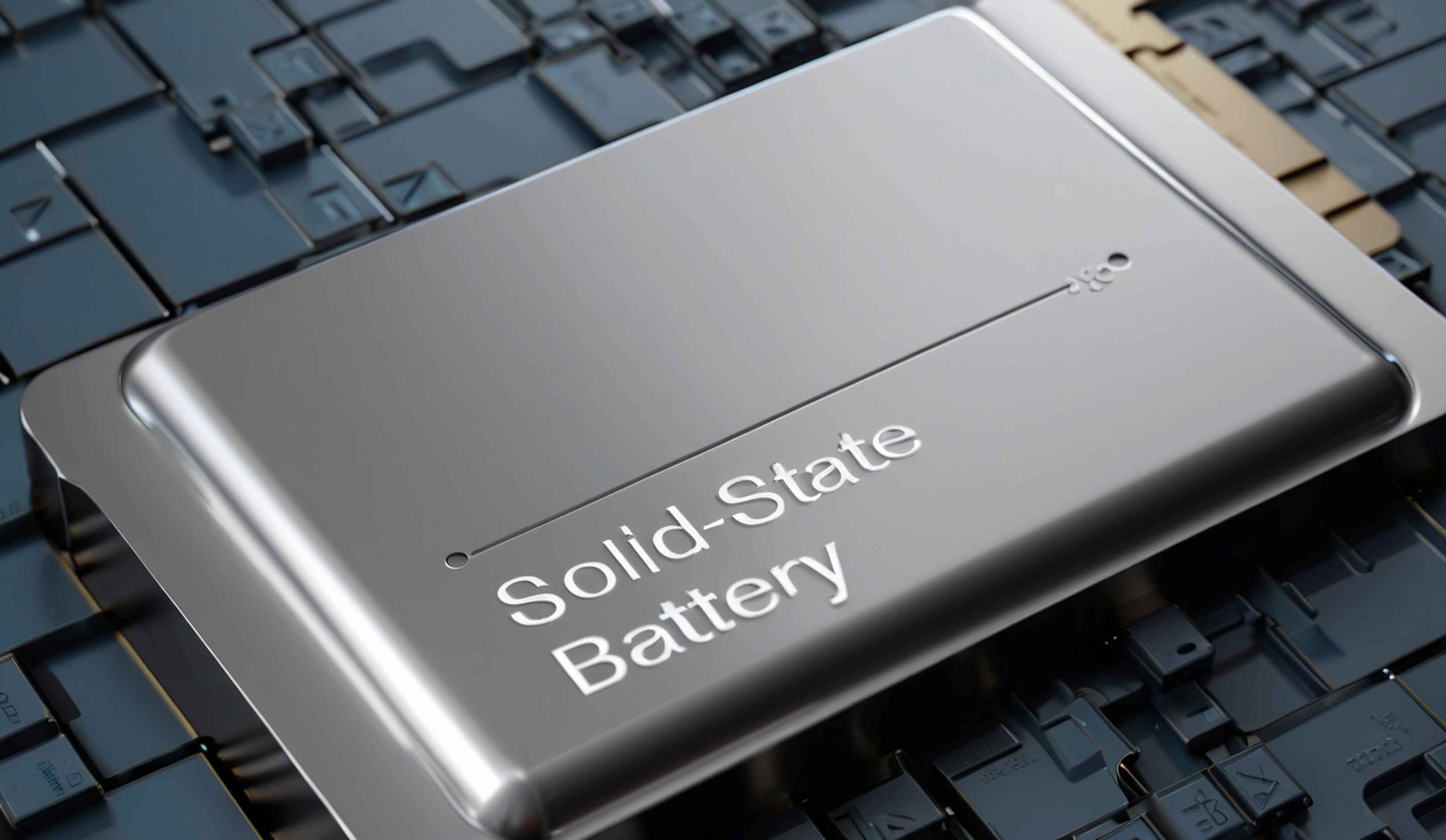The rapid evolution of energy storage technologies has intensified the search for alternatives to lithium-ion batteries (LIBs). Among these, sodium-ion batteries (SIBs) have emerged as a promising candidate due to the abundance and low cost of sodium resources. A critical component influencing the performance of SIBs is the electrolyte, particularly solid-state electrolytes, which offer enhanced safety, thermal stability, and cycle life compared to conventional liquid electrolytes. This article synthesizes recent advancements in solid-state battery research, focusing on three primary electrolyte categories: solid polymer electrolytes (SPE), inorganic solid electrolytes (ISE), and gel polymer electrolytes (GPE). Key challenges and future directions for optimizing these materials are also discussed.

1. Fundamentals of Sodium-Ion Batteries
SIBs operate on a “rocking-chair” mechanism, where Na++ ions shuttle between the cathode and anode during charge/discharge cycles. The general electrochemical reactions are:
Cathode (discharge):NaMnO2→Na(1−x)MnO2+xNa++xe−NaMnO2→Na(1−x)MnO2+xNa++xe−
Anode (discharge):C+xNa++xe−→NaxCC+xNa++xe−→NaxC
The electrolyte serves as the medium for Na++ transport, directly impacting ionic conductivity, energy density, and interfacial stability. Transitioning from liquid to solid-state electrolytes addresses safety concerns (e.g., leakage, flammability) while enabling higher energy densities.
2. Solid-State Electrolytes: Categories and Performance
2.1 Solid Polymer Electrolytes (SPE)
SPEs combine polymer matrices (e.g., PEO, PAN) with sodium salts to form flexible, lightweight membranes. Their ionic conductivity, however, remains limited at room temperature.
Key Materials and Properties:
| Polymer Matrix | Sodium Salt | Ionic Conductivity (S/cm) | Operating Temperature | Advantages | Limitations |
|---|---|---|---|---|---|
| PEO | NaPF66 | 6.3×10−46.3×10−4 | 80°C | High flexibility, low cost | Low RT conductivity |
| PVDF | NaTFSI/NaDFOB | 3.1×10−43.1×10−4 | 23°C | Mechanical stability | High crystallinity |
| Cross-linked PEO | NaClO44 | >1×10−3>1×10−3 | 90°C | Thermal stability | Complex synthesis |
Notable Studies:
- PEO-NaPF66 SPE: At 80°C, this electrolyte achieves an ionic conductivity of 6.3×10−46.3×10−4 S/cm and a Na++ transference number of 0.58, enabling stable cycling in Na||Na33V22(PO44)33@C cells.
- Hybrid Dual-Salt SPE: Combining NaTFSI and NaDFOB in PVDF yields 3.1×10−43.1×10−4 S/cm at 23°C.
Challenges:
- Low room-temperature (RT) conductivity (10−710−7–10−510−5 S/cm).
- Interfacial resistance with electrodes.
2.2 Inorganic Solid Electrolytes (ISE)
ISE materials, such as β-Al22O33, NASICON, and sulfides, exhibit high ionic conductivity but face mechanical brittleness and synthesis complexities.
Key Materials and Properties:
| Material | Composition | Ionic Conductivity (S/cm) | Crystal Structure | Advantages | Limitations |
|---|---|---|---|---|---|
| β-Al22O33 | Na22O·11Al22O33 | 0.2–0.40.2–0.4 (300°C) | Hexagonal | High conductivity | High sintering temperature |
| NASICON | Na33Zr22Si22PO1212 | 6.7×10−46.7×10−4 (25°C) | Monoclinic/Trigonal | 3D ion channels | Grain boundary resistance |
| Na33PS44 | Cubic phase | 2.0×10−42.0×10−4 (25°C) | Cubic | Low synthesis temperature | Sensitivity to moisture |
Notable Studies:
- NASICON-Type Electrolytes: Na33Zr22Si22PO1212 achieves 6.7×10−46.7×10−4 S/cm at 25°C, with a wide electrochemical stability window (>5 V).
- Sulfide-Based Electrolytes: Cubic Na33PS44 demonstrates 2.0×10−42.0×10−4 S/cm at RT, suitable for all-solid-state batteries.
Challenges:
- Brittleness and poor electrode-electrolyte contact.
- High-cost synthesis (e.g., β-Al22O33 requires sintering at 1200–1500°C).
2.3 Gel Polymer Electrolytes (GPE)
GPEs blend polymers with liquid plasticizers (e.g., ionic liquids) to enhance ionic conductivity while retaining mechanical integrity.
Key Materials and Properties:
| Polymer Matrix | Additive | Ionic Conductivity (S/cm) | Advantages | Limitations |
|---|---|---|---|---|
| PEO-NZSP | Na33Zr22Si22PO1212 | 4.42×10−44.42×10−4 | High thermal stability | Solvent volatility |
| PAN | NaClO44/EC/PC | 4.5×10−34.5×10−3 | Excellent RT performance | Limited mechanical strength |
| PVDF-HFP | Na33SbS33Se | 1.31×10−41.31×10−4 | Flexibility, thin-film design | Low Na++ transference number |
Notable Studies:
- PEO-Based GPE: Incorporating NZSP filler boosts conductivity to 4.42×10−44.42×10−4 S/cm and suppresses Na dendrite growth.
- PAN-Based GPE: A composition of 11PAN-12NaClO44 achieves 4.5×10−34.5×10−3 S/cm at 25°C with negligible mass loss at 100°C.
Challenges:
- Trade-off between ionic conductivity and mechanical stability.
- Solvent evaporation over long-term cycling.
3. Critical Challenges and Future Directions
Despite progress, solid-state batteries face hurdles that must be overcome for commercialization:
- Ionic Conductivity:
- SPEs require additives (e.g., ceramic fillers) to enhance RT performance.
- ISEs need grain boundary engineering to minimize resistance.
- Interfacial Stability:
- Chemically inert coatings (e.g., Alucone) can mitigate side reactions at electrode-electrolyte interfaces.
- Mechanical Properties:
- Composite electrolytes (e.g., polymer-ceramic hybrids) balance flexibility and rigidity.
- Scalability:
- Low-temperature synthesis routes (e.g., solution processing for sulfides) reduce manufacturing costs.
Future Innovations:
- Hybrid Electrolytes: Combining SPEs with ISEs or GPEs to leverage synergies in conductivity and durability.
- Machine Learning: Accelerating material discovery by predicting ionic transport properties.
4. Conclusion
The transition to solid-state batteries represents a paradigm shift in sodium-ion technology, addressing safety and energy density limitations inherent to liquid electrolytes. While SPEs, ISEs, and GPEs each offer unique advantages, their integration into commercially viable systems demands interdisciplinary efforts in materials science, electrochemistry, and engineering. By prioritizing ionic conductivity enhancements, interfacial optimization, and scalable synthesis, solid-state sodium-ion batteries could soon power applications ranging from grid storage to electric vehicles.
